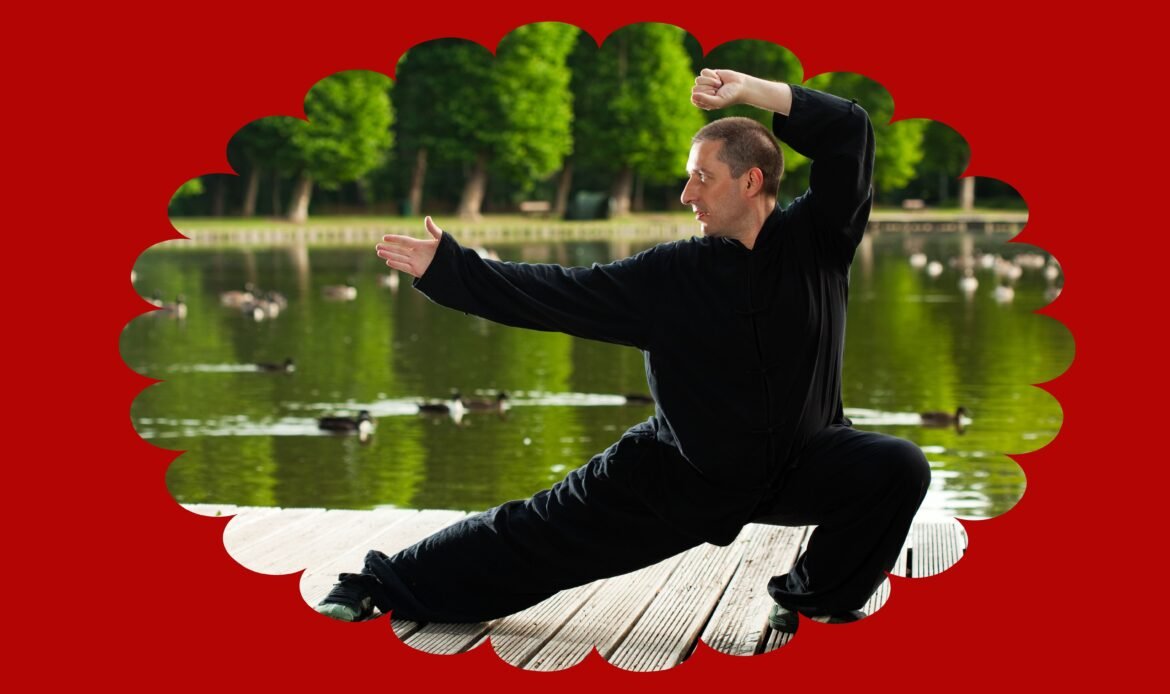The Art of Tai Chi: Origins, Types, and Benefits
Introduction
Tai Chi, also known as Tai Chi Chuan, is a Chinese martial art that combines graceful movements with deep breathing and mental focus. It is often referred to as a moving meditation, promoting physical and mental well-being. In this blog post, we will explore the origins of Tai Chi, the different types of Tai Chi, the benefits it offers, as well as some techniques and steps involved in practicing Tai Chi.
Origin of Tai Chi
Tai Chi originated in ancient China and is believed to have been developed by a Taoist monk named Zhang Sanfeng. Legend has it that he was inspired by observing a fight between a snake and a crane, which led him to develop a martial art that emphasized softness, flexibility, and balance. Over time, Tai Chi evolved from a martial art into a practice that promotes health, relaxation, and spiritual growth.
Different Types of Tai Chi
There are several different styles or forms of Tai Chi, each with its own unique characteristics. Some of the most popular styles include:
- Yang Style: This is the most widely practiced style and is known for its slow, flowing movements.
- Chen Style: This style incorporates both slow and fast movements, as well as explosive power.
- Wu Style: Wu Style Tai Chi focuses on small, compact movements and is known for its emphasis on internal energy.
- Sun Style: Sun Style Tai Chi combines elements of both Tai Chi and other martial arts, resulting in a more dynamic and energetic form.
Benefits of Tai Chi
Tai Chi offers a wide range of benefits for both the body and mind. Some of the key benefits include:
- Improved Balance and Flexibility: The slow and controlled movements of Tai Chi help to improve balance, flexibility, and coordination.
- Stress Reduction: Tai Chi promotes relaxation and helps to reduce stress and anxiety.
- Enhanced Mental Clarity: The focus required during Tai Chi practice can improve concentration and mental clarity.
- Cardiovascular Health: While Tai Chi is a low-impact exercise, it still provides cardiovascular benefits, improving heart health and circulation.
- Strength and Muscle Tone: The gentle resistance provided by Tai Chi movements helps to improve muscle tone and strength.
Techniques of Tai Chi
Tai Chi incorporates a variety of techniques that are essential to its practice. These techniques include:
- Breathing: Deep, slow, and controlled breathing is a fundamental aspect of Tai Chi, helping to promote relaxation and focus.
- Posture: Maintaining proper posture is crucial in Tai Chi, with the spine aligned and the body relaxed.
- Movements: Tai Chi consists of a series of flowing movements, with each movement transitioning smoothly into the next.
- Meditation: Tai Chi incorporates a meditative aspect, encouraging practitioners to be present in the moment and cultivate inner calmness.
Steps in Tai Chi
While there are many variations of Tai Chi forms, the basic steps involved in practicing Tai Chi include:
- Begin in a relaxed standing position with feet shoulder-width apart.
- Shift weight to one leg while raising the opposite foot.
- Step forward or backward, maintaining balance and proper posture.
- Continue to move through a series of flowing movements, coordinating breath with each movement.
- Repeat the sequence, gradually increasing the number of repetitions as proficiency improves.
Conclusion
Tai Chi is a beautiful and ancient practice that offers numerous physical and mental benefits. Whether you are looking to improve your balance, reduce stress, or enhance your overall well-being, Tai Chi can be a valuable addition to your daily routine. With its gentle movements and focus on mindfulness, Tai Chi provides a pathway to inner peace and harmony.




